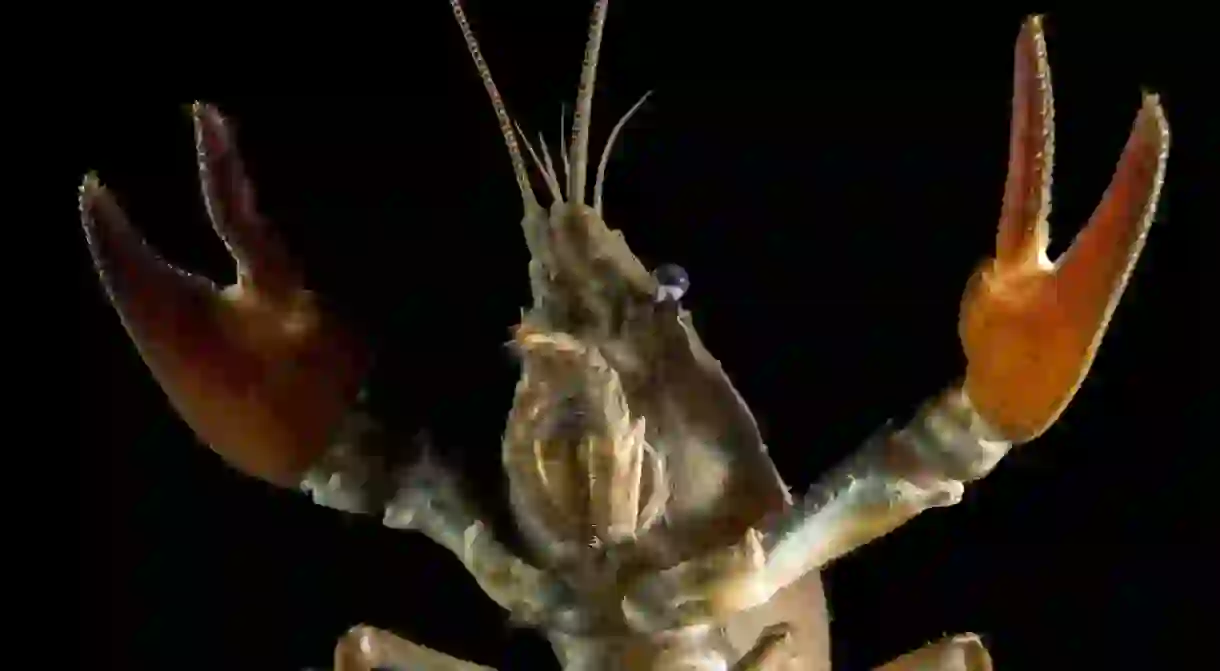Madagascar's Mutant Crayfish Are Taking Over the World

Though in Malagasy ‘foza orana‘ is used to describe a low quality product or to demean someone in politics, marbled crayfish (Procambarus virginalis) is the cheapest shellfish in Madagascar. Delicious and low cost, it poses only one problem – it’s taking over the world. Here’s everything you need to know.
Crayfish in Madagascar
The success of a business related to marbled crayfish depends on applicable law in the designated country, and if its implementation is well monitored. While banning marbled crayfish would be good for freshwater ecosystem sustainability, in Madagascar where their number reaches the millions, this makes little sense. Malagasy people are perpetually looking for easy ways to make a living, and fishing for marbled crayfish satisfies the profitability requirement for a business, as it requires almost no initial investment – all this at ecological risk of crowding out seven native crayfish species.

Why are they so widespread?
Studies done by scientists have proven the exceptional asexual reproduction ability of the marbled crayfish through pathogenesis – males are no longer needed, prompting some to say that the species is the perfect model of feminism! The female population independently ensures the creation of offspring.
The marbled crayfish has proved the power of mutation to the world, though the species hasn’t changed in any way in appearance. So if it’s a mutant, does it taste the same as normal crayfish? The answer is yes, there is no difference.
A worldwide invasion is on the way
Born 25 years ago from a total mystery, today the rapid growth of the female crayfish population has also spread throughout Europe and Asia. They are now present in Japan, Croatia, Hungary, Ukraine and the Czech Republic, but people are not yet aware of the dangers. While researchers haven’t yet sequenced the crayfish genome, some are now studying its strong capacity to adapt to different climates in different countries.
This new species can apparently live for 100,000 years according to Frank Lyko, a biologist working at the German Cancer Research Center. Though there’s a chance we may be long gone by then, should we still be around then on the plus side we’ll definitely have enough to eat in the event of a severe food crisis…













